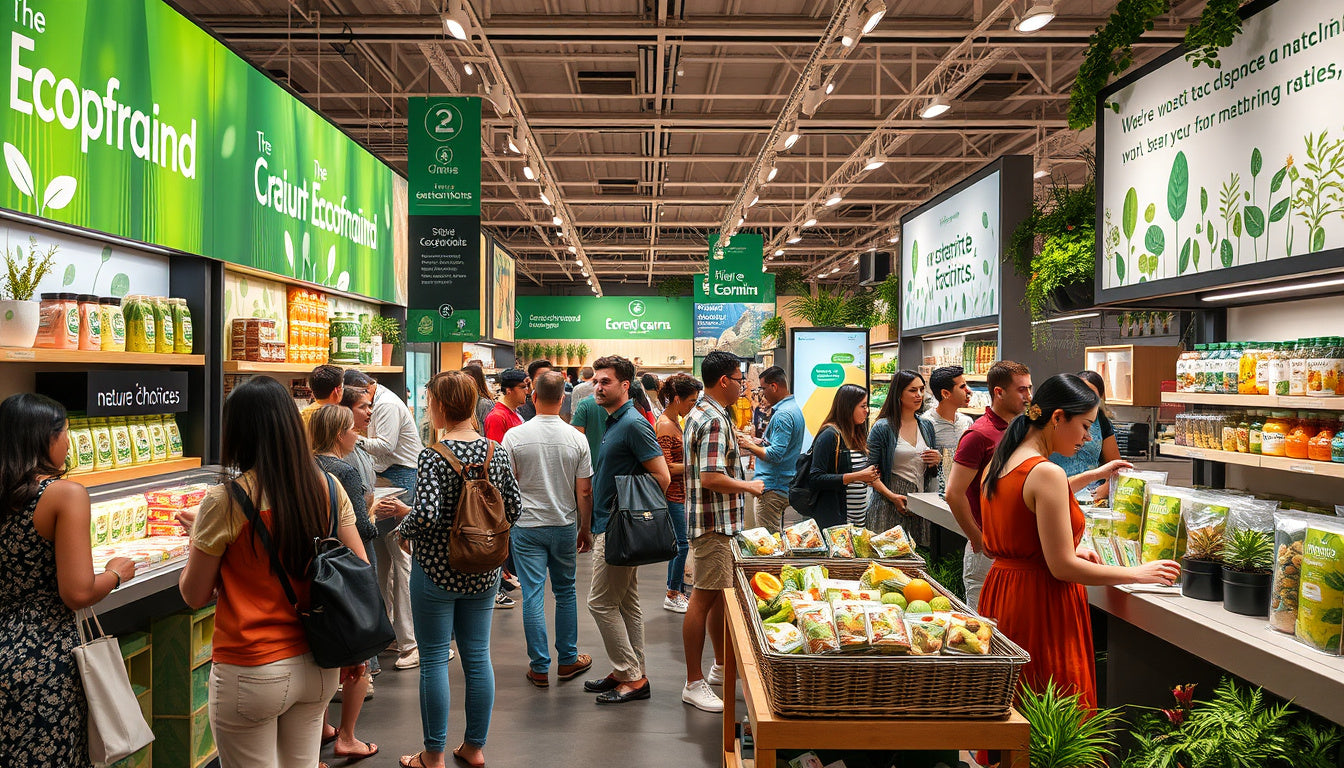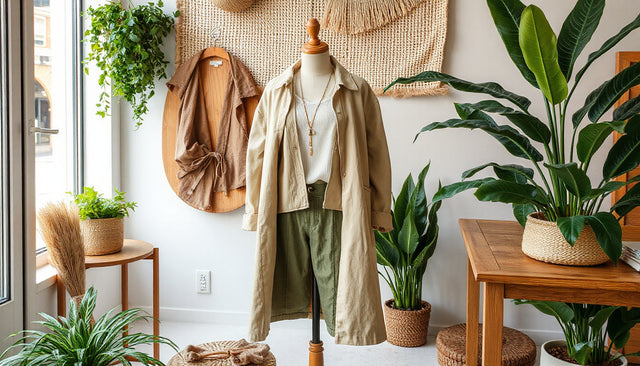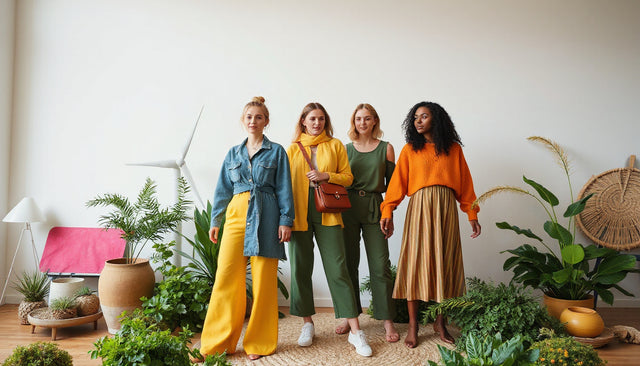Design for Sustainable Behaviour: Using Products to Change Consumer Behaviour
Overview
This research, published in The Design Journal (2011), studies Design for Sustainable Behaviour (DfSB). Tracy Bhamra, Debra Lilley, and Tang Tang use design ideas that connect people directly to products. Their work links design choices with how consumers use products. This link cuts environmental harm and reduces social impact.
Key Concepts
Sustainable Design and Its Dimensions
• Sustainable design looks at environmental, economic, and social effects.
• It covers every stage of a product’s life.
• Environmental and economic issues have much support.
• The social side—quality of life, well‐being, personal duty, and teamwork—needs more focus in design.
The Role of Consumer Behaviour
• Use-phase actions (like energy use in refrigerators) shape overall sustainability.
• Many government and NGO campaigns did not change long-term behaviour.
• Designers can shape how users interact with products.
• They help bridge strong environmental ideas and everyday use habits.
Behavioural Models and Barriers
• The study cites the Theory of Planned Behaviour (Ajzen, 2006) and Triandis’ Integrated Model of Interpersonal Behaviour.
• These models link attitudes, social pressure, and the sense of control directly to actions.
• Habits form quickly and then guide our behaviour without thought.
• Changing habits is urgent but hard because habits work automatically.
Design Intervention Strategies
• The researchers built a model that shows how design can push change.
• Practical strategies lie in direct user feedback.
• A design can offer clear signals about environmental impact.
• It can also let users change their routines through product features.
• Good design encourages both automatic and thoughtful use.
• Designers must check these ideas for ethics, ensuring freedom and honesty.
Case Studies
Two detailed cases show DfSB in action:
-
Household Refrigerators
• The study links how we use refrigerators with environmental harm.
• Smart design can help users operate them with less energy and care. -
Mobile Phones
• This study checks how phone design affects social use.
• It shows how design can change attitudes, extend phone life, and lower waste.
Conclusions and Implications for Designers
• Designers can directly cut environmental and social harm by shaping product use.
• DfSB works best when design matches the user’s world.
• Choices must be ethical to avoid sneaky tricks.
• Future designs should focus on how people use products every day.
• Shifting habits is key to lasting sustainable outcomes.
Why This Matters
This work shows that design matters for more than production. It means design can shape everyday use. When products link clearly with sustainable choices, people act better. This change moves us from empty campaigns to real action that cuts environmental footprints.
For more insights on sustainable product design and behaviour, subscribe to our blog dedicated to eco-friendly innovations and practices.
Design Delight Studio curates high-impact, authoritative insights into sustainable and organic product trends, helping conscious consumers and innovative brands stay ahead in a fast-evolving green economy.






















0 条评论